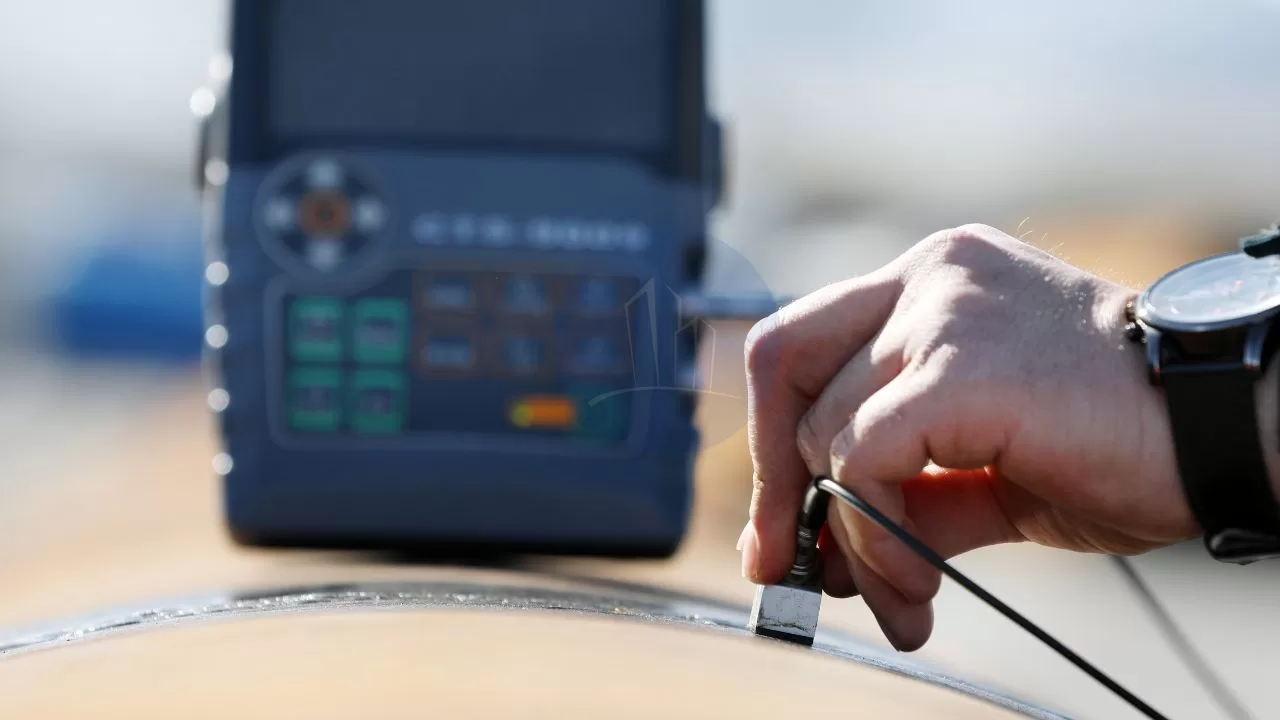Self healing concrete is a mind-blowing innovation in civil engineering. It can potentially contribute to ensure a longer lifespan of a structure. In this article, we will find out the details about bacterial concrete. A bacterial concrete is most effective in this category.
Let’s start from scratch.
What is self healing concrete?
The type of concrete that uses the process of self-filling up of cracks by the help of bacterial reaction in the concrete, after hardening is known as Self-healing concrete.
Why self healing concrete is important?
- Unrepaired cracks lead to a reduction in the service life of the structure. Therefore, it is worth giving attention to.
- Epoxy resins and other synthetic mixtures are alternatives. (But they are not good for human health)
- Self healing concrete does not require human intervention
Let’s dive in deep now.
Bacterial Concrete
Concrete which is made by adding bacteria that precipitate calcite is called bacterial concrete.
- It is microbiologically induced calcite precipitation.
- Bacterial concrete heals cracks around 0.5 mm thickness.
- It has improved Compressive & flexure strength than ordinary concrete.
- Bacterial concrete is well suited for Small & Medium-Sized building
- It is used on a limited scale & not commercially wide-spread.
We learnt the general details. Let’s be a bit technical now?
Bacteria Used in the self healing concrete

- “Bacillus pasteurii ” is a common soil bacterium which is used in bacterial concrete.
- Precipitates impermeable calcite layer over the surface of concrete.
- Acid producing bacteria
- Remains dormant & be viable for over 200 years under dry conditions
In the next section, let me quickly walk you through the mechanism of the self healing concrete.
Mechanism of Bacterial Concrete
- Bacillus pasteurii is used along with Calcium Lactate.
- Both are added in the wet concrete when the mixing is done.
- Water seeps in the cracks (or exposure to moisture)
- Spores of the bacteria germinate & feeds on calcium lactate ,consuming oxygen.
- The soluble calcium lactate is converted to insoluble limestone.
- limestone starts to harden, filling the crack automatically
- The advantage is that oxygen consumed helps in the prevention of corrosion of steel.
That’s it. Now, we will move on to the chemical process in bacterial concrete.
Chemical process of this self healing concrete
The steps in the process are as follows.
- Water comes in contact with the unhydrated calcium.
- Calcium hydroxide is produced by the help of bacteria, it acts as a catalyst.
- This calcium hydroxide reacts with CO2 to form limestone and water.
- This extra water molecule keeps the reaction going.
- The limestone then hardens and seals the cracks.
Figure below shows the self healing concrete.
Source: sciencedirect.com


What about us study about the preparation of bacterial concrete now?
Preparation of Bacterial Concrete
There are mainly two methods.
- By Direct application
- By Encapsulation
Without delay, let’s meet each of them.
Direct Application
- Bacterial spores and calcium lactate is added directly when mixing of concrete is done.
- This doesn’t change the most properties of concrete.
- When water comes in contact with this bacteria
- They germinate & feeds on calcium lactate and produces limestone.
Encapsulation Method
- The bacteria and its food (calcium lactate), are placed inside treated clay pellets.
- Concrete is prepared.
- Clay pellets break when crack occurs.
- Bacteria germinate and eat down the calcium lactate & produce limestone.
Time to chill. Sit back and enjoy the advantages and disadvantages of what we have made through the process.
Advantages of bacterial concrete
- Increase in compressive and flexural strength compared to normal concrete.
- Self-repairing
- Reduction in permeability of concrete
- Resistance towards freeze-thaw attacks.
- Low maintenance
- Improves the durability of steel reinforcements.
- Bacillus bacteria are harmless to human life.
Disadvantages of bacterial concrete
- High Cost
- Growth of bacteria is not suitable in some environment.
- The clay pellets comprise 20% of the volume of the concrete. This may become a shear zone.
- Design of mix concrete with bacteria is not available in any IS code
We have reached the shore. Let’s wind this up with the conclusion.
Conclusion
- Self healing concrete appears to be much more efficient
- It has more advantages than disadvantages.
- It is a a Eco-friendly material , as it absorbs CO2
- So far, Bacterial Concrete is the best approach in the field of self healing concrete
Hope the article served its purpose to quench your thirst to know about self healing concrete. Share your thoughts on this in comments.


2 thoughts on “Self Healing Concrete ||Bacterial Concrete -Preparation and Advantages”
Comments are closed.